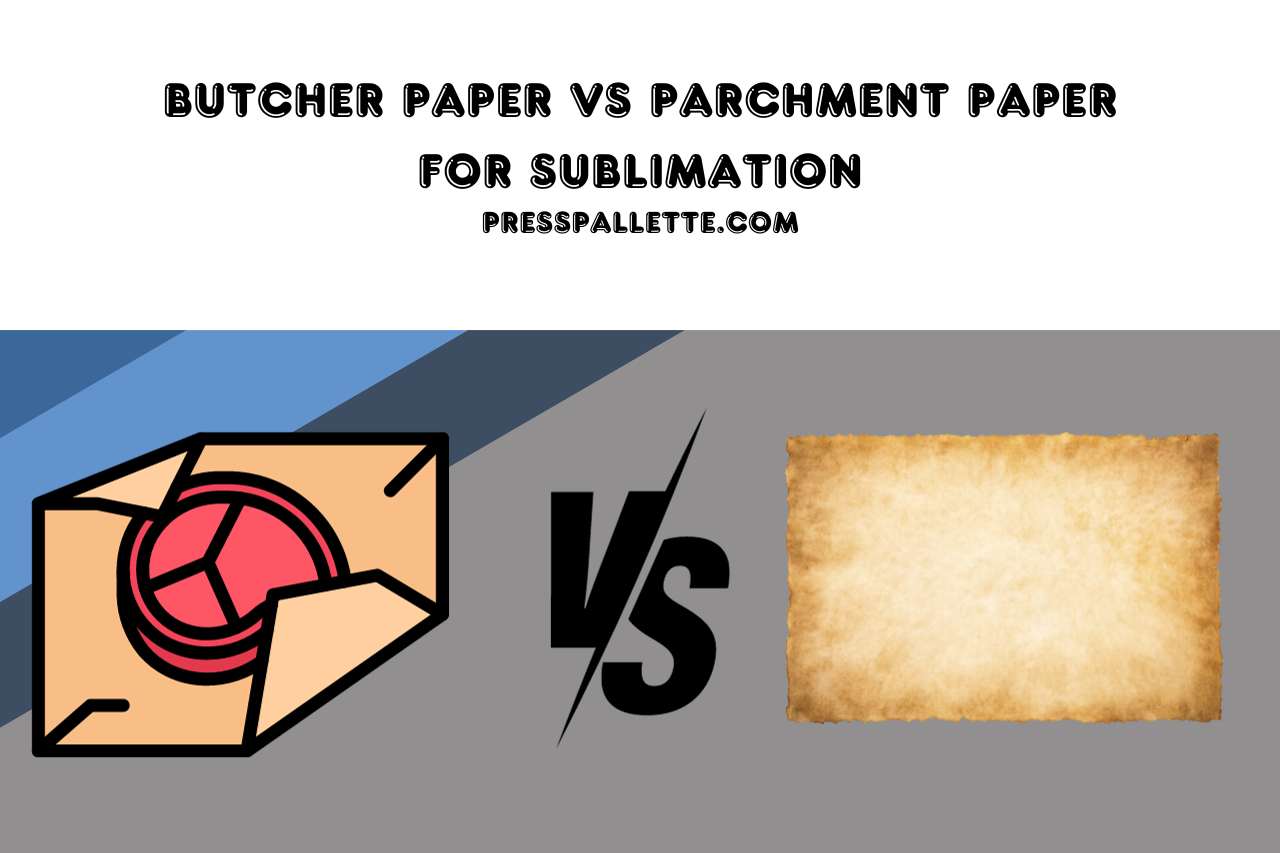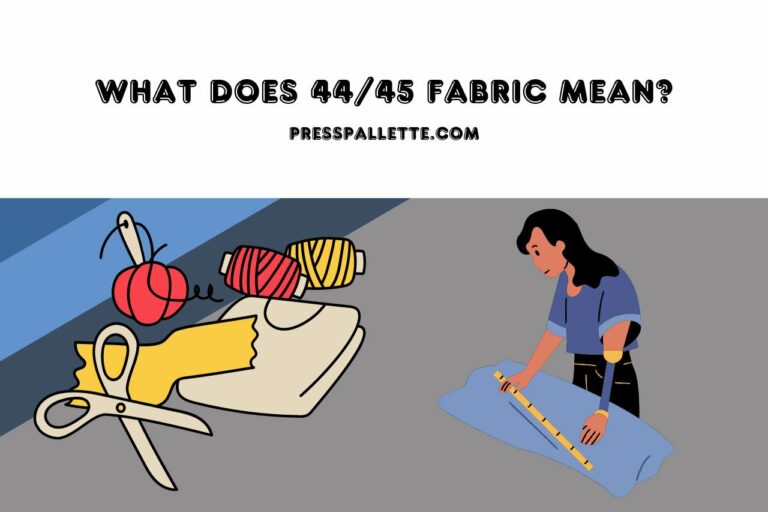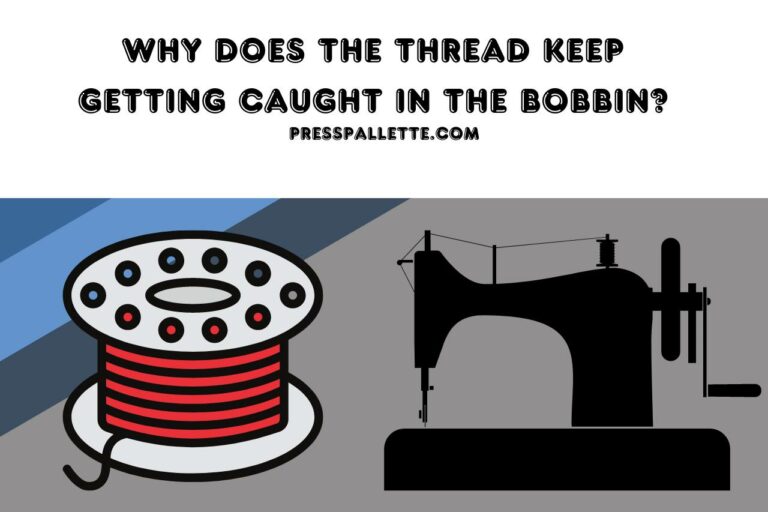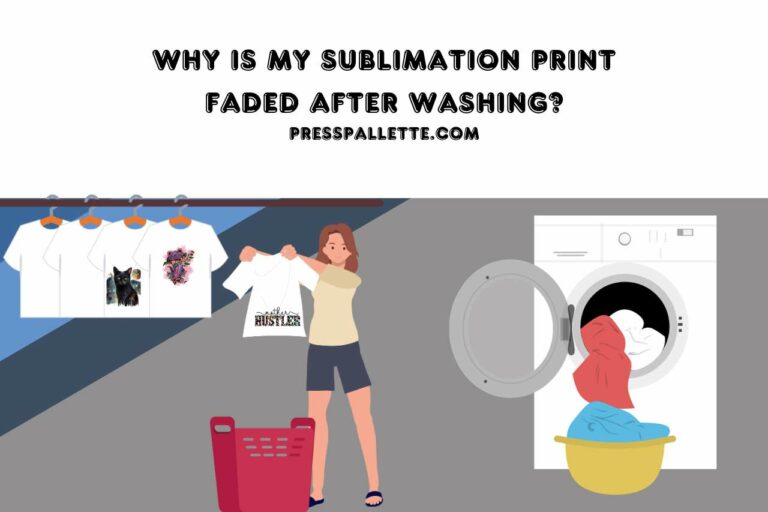Butcher Paper vs Parchment Paper for Sublimation – Which is Best for Sublimation?
In the realm of cooking and crafting, the choice between’ Butcher Paper vs Parchment Paper for Sublimation’ can be a puzzling decision for anyone. Both materials serve unique purposes, with their individual sets of advantages and limitations. This article dives deep into the nuanced differences between the two, ensuring you’ll never be in two minds again about which one to pick for your next project. As you embark on this informative journey, discover not just their primary uses but also the cost implications and the respective pros and cons that accompany each paper type. Dive in to make an informed choice!
Butcher Paper VS Parchment Paper for Sublimation
Let’s break it down. The easiest explanation for butcher paper is that it’s a type of paper primarily used for wrapping fresh cuts of meat. Made from kraft pulp and having a near-neutral pH, this paper is both sturdy and safe for direct food contact.
Butcher paper, as you might have heard of, comes in various weights and sizes, suitable for different applications.
A little research regarding its background provided us with the grounds that its origin lies in the meat processing industry, where it was essential to have a material that could maintain the freshness of meat and shield it from contaminants.
Over time, its versatility has expanded beyond just meat wrapping. Today, many BBQ enthusiasts like us prefer butcher paper for wrapping smoked meats, as it allows the meat to breathe, promoting the formation of a better bark if you compare it to other materials.
Furthermore, the popularity of butcher paper in arts and crafts, as well as in classrooms for projects, has been on the rise due to its durability and easy availability.
The natural, non-coated surface is also a preferred choice for any of you looking to avoid potential chemical transfers from coated papers. However, for sublimation processes, you must understand the specifics and properties of the paper you use to ensure desired results.
The most straightforward description of parchment paper, as per our experience, is that it’s a greaseproof and heat-resistant paper commonly used in baking and cooking.
Parchment paper is often coated with silicone, giving it its non-stick properties, which may be essential for you for baking goodies like cookies and pastries.
This unique paper has become a favorite in many kitchens, including ours, because it eliminates the need for additional butter or oil, ensuring that baked goods don’t stick to pans.
Its heat-resistant nature means it can withstand high temperatures without burning, making it perfect for anybody’s oven use. And here’s the thing. Beyond baking, parchment paper has other culinary applications.
It’s ideal for cooking “en papillote,” a method we tried, where food is enclosed in a parchment paper pouch and then baked. This process steams the food inside, ensuring it’s moist and flavorful.
Parchment paper’s non-stick and heat-resistant characteristics also make it an interesting choice for certain crafting projects.
However, for processes like sublimation, we need an understanding of the unique attributes of parchment paper compared to other materials, which becomes crucial to achieving optimal outcomes.
The primary distinction between butcher paper and parchment paper begins with their intended purposes.
Shall we break it down? Before that, to discern the differences between butcher paper and parchment paper, it’s crucial to delve into their distinct characteristics and uses. Here’s our comprehensive breakdown:
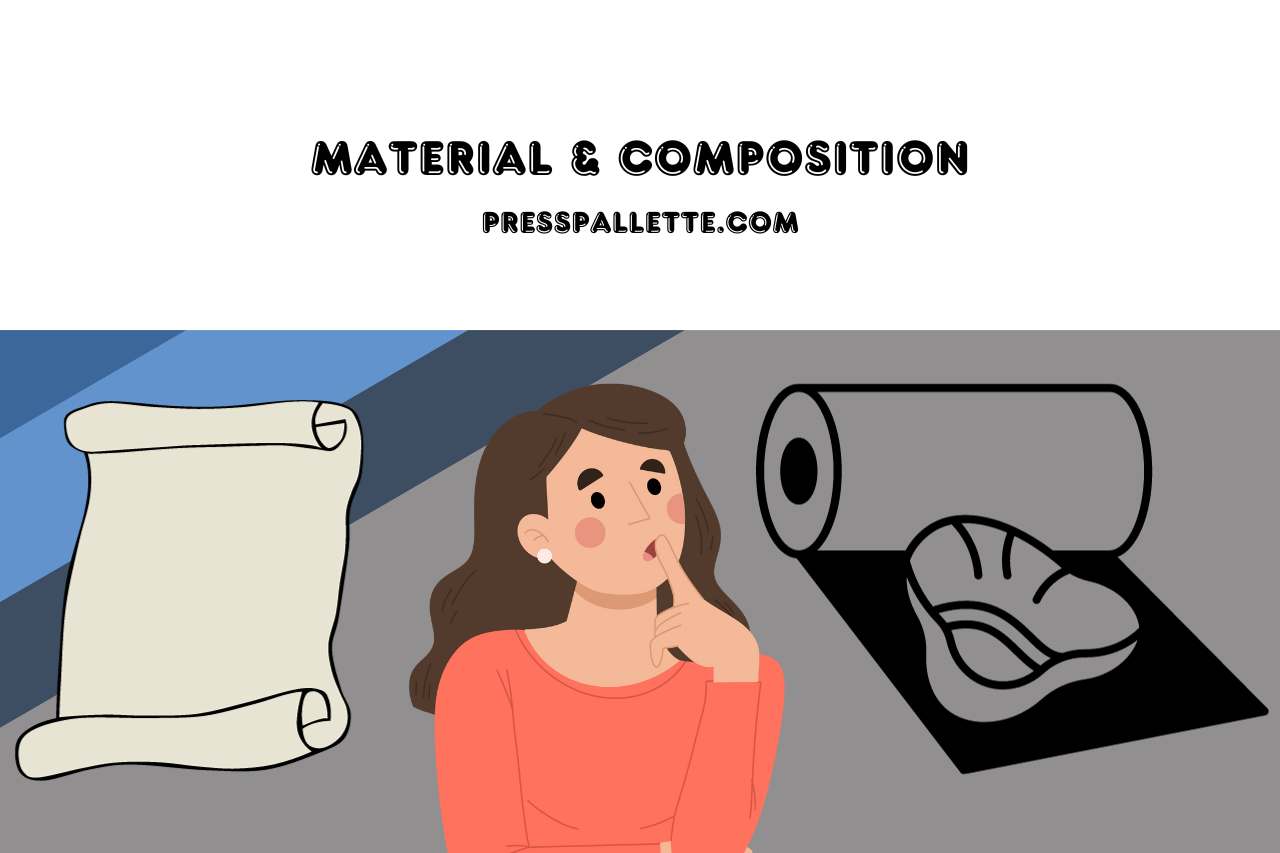
Material & Composition
Butcher Paper: Typically made from kraft pulp, butcher paper is robust and durable. It’s designed to wrap and protect meat and other products, offering your meat a moisture barrier without sealing it completely.
Parchment Paper: Made by running sheets of paper pulp through a sulfuric acid bath, a process known as sulfite pulping, or by using zinc chloride. This process gives your paper its distinct non-stick and heat-resistant properties.
Primary Uses
Butcher Paper: Furthermore, as the name suggests, its primary use is in butcheries for wrapping meat. As we observed in many locations, it also serves as a popular choice for craft projects and as a table cover in restaurants.
Parchment Paper: Primarily used in baking due to its non-stick properties. It’s our favorite for lining baking trays, cooking en papillote, and separating baked goods.
Appearance
Butcher Paper: You will often find it in a brown or peach hue, akin to a light construction paper. Some variations might be bleached white.
Parchment Paper: Mostly white, with a slightly translucent appearance. What else? Some variants might be unbleached, offering a brownish tint.
Heat Resistance
Butcher Paper: While it can tolerate some heat, it isn’t designed for high-temperature cooking. We often use it in smoking meat due to its breathable nature.
Parchment Paper: Specifically crafted to handle high oven temperatures, often up to 450°F or more, making it perfect for baking. It got you covered.
Non-Stick vs Permeable
Butcher Paper: Breathable, allowing moisture to escape, which is why we prefer it for smoking meats. It keeps your meat from becoming too damp.
Parchment Paper: Its silicone-coating offers a non-stick surface, ensuring easy release of baked goods.
Even though both butcher paper and parchment paper find their rightful places in culinary and crafting endeavors, they possess unique characteristics that make them suitable for specific tasks as per your preferences. It’s essential to choose the right paper for your job to ensure optimal results.
How Do Costs Compare Between Butcher and Parchment Paper?
Comparing the costs between butcher paper and parchment paper does highlight some noticeable differences. To understand the pricing variances between butcher paper and parchment paper, let’s examine them more closely:
Initial Cost
The initial investment in butcher paper tends to be relatively low. Named its primary role of wrapping meats and being utilized in crafts or as table covers, its production doesn’t necessitate intricate processes, making it more affordable for us on a per-roll basis.
On the other hand, parchment paper, due to its specialized treatment for heat resistance and non-stick properties, generally has a higher per-sheet cost.
Usage
When considering cost-effectiveness, the way you use it plays a crucial role. Parchment paper, being specifically designed for baking, might be used less frequently in households that don’t bake often. In contrast, butcher paper, given its versatility, might see more frequent use, leading to quicker depletion.
Bulk Purchases
If you are buying in bulk, it can offer cost savings. Restaurants and butcheries often buy butcher paper in large quantities, potentially reducing the cost per unit. Similarly, bakeries might purchase parchment paper in bulk, which could bring down its per-sheet price.
Special Features
The unique properties of parchment paper, such as its silicone-coated surface and heat resistance, can make it more expensive for you than standard paper products, including butcher paper.
In our viewpoint, even though butcher paper is generally more affordable initially, the effective cost can vary based on usage patterns and purchase methods.
It’s essential for you to consider the factor in the specific requirements and the unique features each paper offers when evaluating their respective costs.
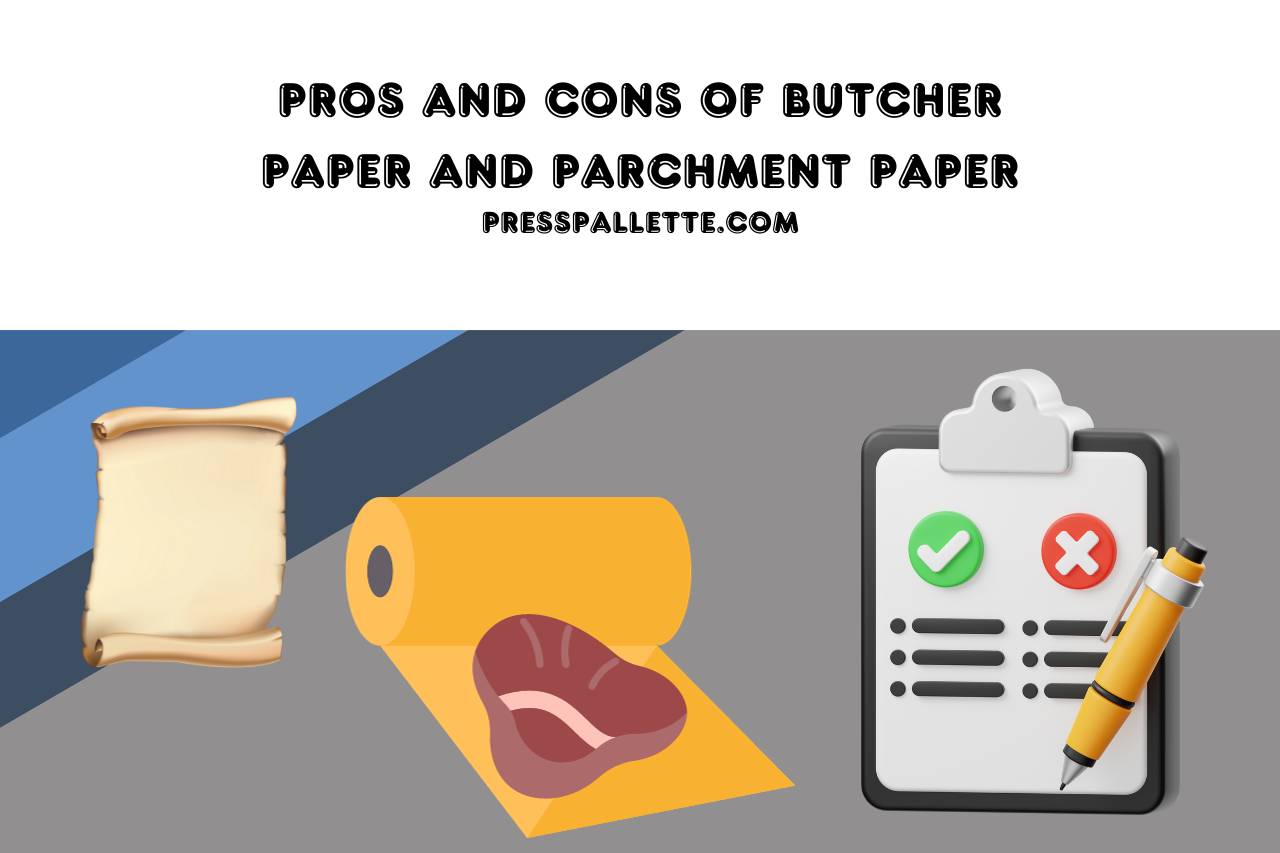
Pros And Cons of Butcher Paper and Parchment Paper
Pros of Butcher Paper
- Versatility: Butcher paper is not just limited to wrapping meats. Its sturdy nature makes it ideal for crafts school projects, and it was also helpful as a makeshift table cover for us.
- Breathability: It allows the meat to breathe, which can be especially beneficial when smoking meats, as it promotes a smoky flavor while keeping the moisture in.
- Cost-effective: Typically more affordable than specialized papers, butcher paper is available in large rolls, making it economical for multiple uses if you are looking for a budget-friendly option.
- Eco-friendly: Here’s the best part. Often unbleached and free from chemical coatings, it’s more environmentally friendly compared to some other wrapping options.
Cons of Butcher Paper
- Not Heat-resistant: Unlike parchment paper, it’s not specifically designed to endure high temperatures. This aspect limits its use in baking or grilling.
- Lacks Non-stick Surface: Some food stuck to it when we tried it out, making it unsuitable for certain cooking tasks.
- Absorbency: It can absorb moisture, which might not always be desirable, especially if you are aiming to keep items crispy.
Pros of Parchment Paper
- Heat Resistance: Treated to withstand high temperatures, making it perfect for all of your baking and oven-based recipes.
- Non-stick: The silicone coating ensures the easy release of baked goods without needing additional greasing.
- Versatile in Cooking: Beyond baking, it’s great for steaming, lining pans, and even wrapping foods to cook ‘en papillote.’
- Clean Cooking: It reduces the need for cleaning as it prevents food residues from sticking to pans. This is what we loved the most about it.
Cons of Parchment Paper
Cost: Typically more expensive than butcher paper due to its specialized features.
Not Always Reusable: After being subjected to high heat, it might not be in a condition for you to use it again.
Environmental Concerns: The silicone treatment, while offering non-stick properties, might raise environmental concerns for some of you.
Limited Size Options: Often sold in pre-cut sheets or specific roll sizes, limiting its adaptability for larger projects.
Watch this one,
Video Credits – Crafting with April
You May Also Like
- How to Make Sublimation Brighter? Make Colors Pop!
- Butcher Paper for Sublimation – Exploring Butcher Paper for Sublimation!
- How to Remove Heat Transfer Paper from Shirt? Effective Methods!
- Synthetic Paper Printing – (Eco-Friendly Printing Solutions)

